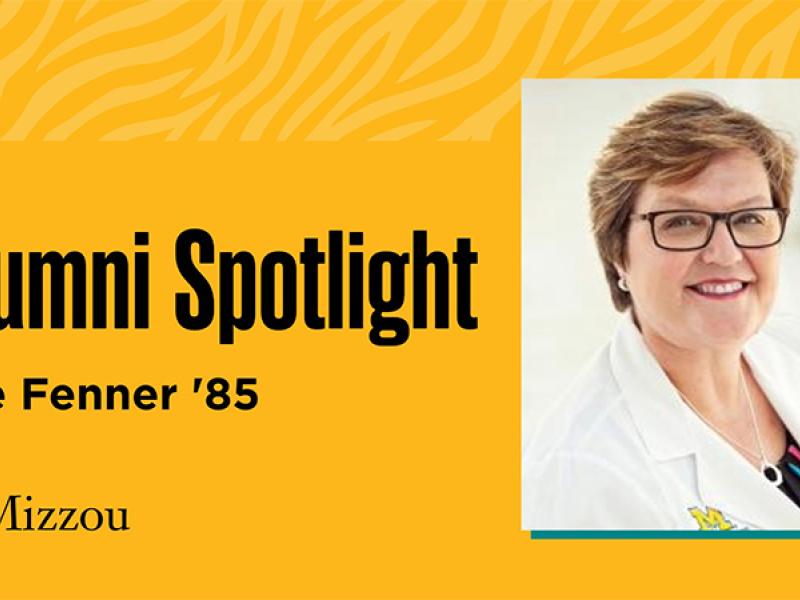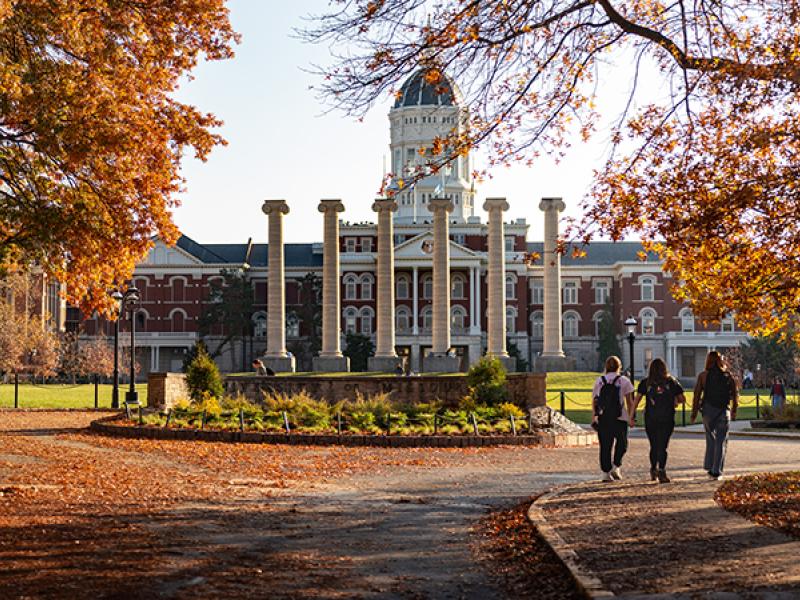Dear Colleagues,
Training the next generation of health care providers is one of our three missions at our academic health system, along with patient care and research. Our educators have been pioneers in developing novel approaches to teaching. One such example would be our amazing simulation centers in the MU School of Medicine and now in the new MU Sinclair School of Nursing.
Our simulation centers prepare students to know how to react and proceed when giving critical patient care. While this makes innate sense, simulation teaching was not widely available at universities until the last few decades. I’m proud that we have state-of-the-art simulation centers at MU.

I recently was given a tour of two of the sites for our sim centers by Dena Higbee, our director of the MU simulation centers. I was joined by Dr. Kim Kimminau, who serves as the chief of staff to the EVC/Dean’s office. When we first arrived at MU in 2020, Dena gave me a tour of the simulation space in the CS&E. Last year, I toured our simulation center on the MU School of Medicine Springfield Clinical Campus.
This time, Dena gave us a tour of the simulation sites in the medical school and the extraordinary sim center in the new School of Nursing building, which just opened in August. In both of these sites, trained simulated patients — known as standardized patients — are put in an actual exam room with a trainee and the trainee has to diagnosis and come up with a treatment plan for the patient based on the symptoms they present to the clinician. Learners are watched by faculty and given feedback. Other types of simulation exercises are done on high-fidelity models.
We also received a tour of the amazing medical sculpture room where Damon Coyle, simulation innovation specialist, can make very realistic organs, limbs and body parts on which trainees can practice and learn.
I am very proud to lead an institution which is a national leader in health education and particularly in simulated training. Simulation education is one of the best and most rational ways to make sure our health care clinicians are ready to care for patients in their communities.
Sincerely,

Rick Barohn, MD
Executive Vice Chancellor for Health Affairs and Hugh E. and Sarah D. Stephenson Dean, School of Medicine
rbarohn@health.missouri.edu





